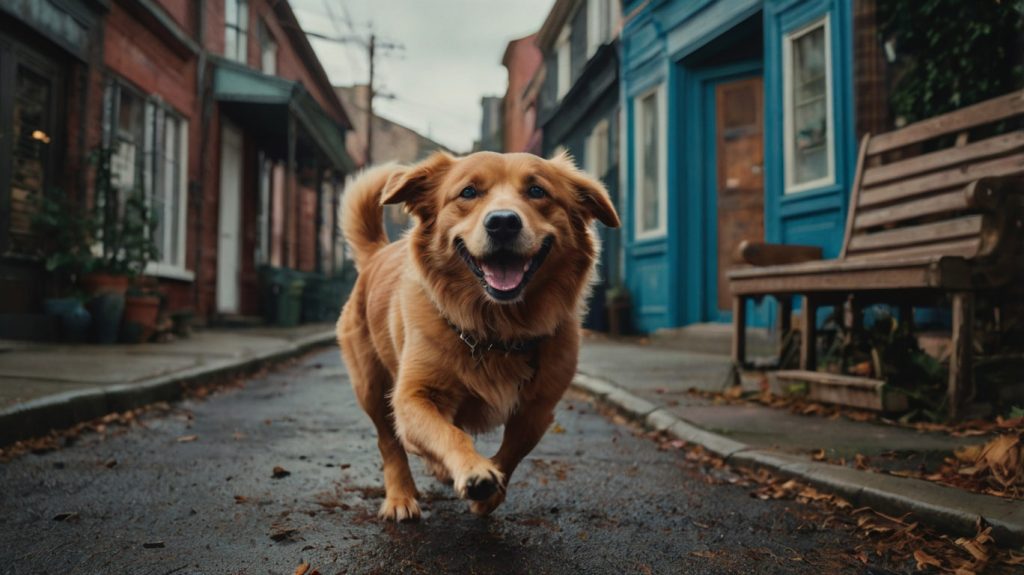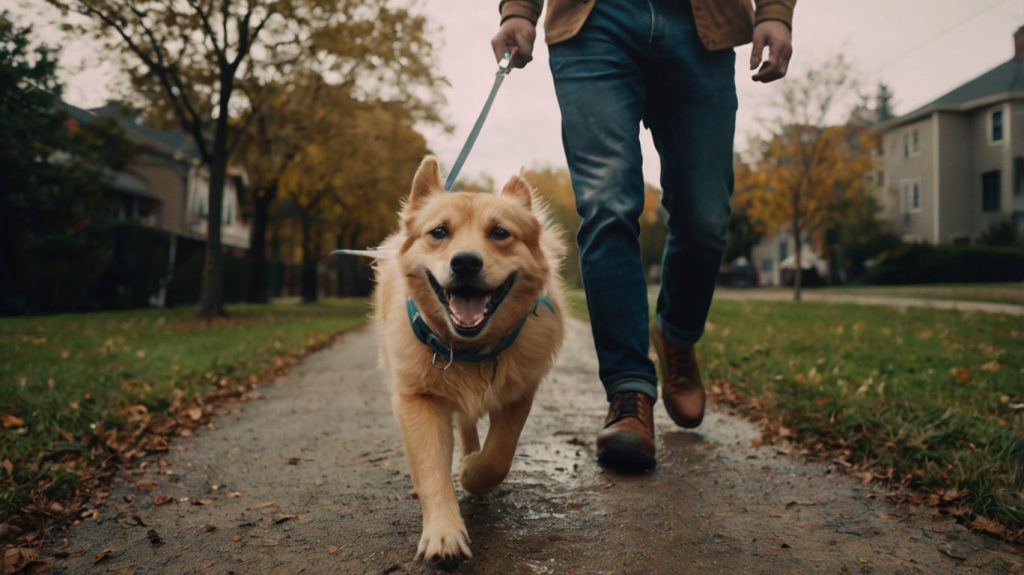Why Family Dog Training Matters More Than You Think
Bringing a dog into the family feels exciting—until it starts chewing shoes, ignoring commands, or barking nonstop at delivery drivers. That’s where family dog training changes everything. It’s not just about teaching tricks; it’s about building trust, communication, and lifelong habits.

Take the Smiths, for example. When they adopted Bella, a Labrador pup, chaos erupted. Shoes disappeared, kids cried, and sleep became a luxury. However, with structured family dog training and clear expectations, they turned things around within weeks.
Their story isn’t unique. It just proves that with the right methods, any dog can become a well-behaved member of the household.
Starting Strong : Setting the Ground Rules for Family Dog Training
Training begins before the first command is given. Every family member must agree on:
- House rules (e.g., is the couch off-limits?)
- Cue words (e.g., “down” vs. “off”)
- Consequences for behaviors (e.g., ignoring jumping)
This consistency avoids confusing your dog and speeds up training results. Plus, everyone stays on the same page—literally and figuratively.
Establishing Daily Routines in Family Dog Training
Dogs thrive on structure. Therefore, consistent feeding times, bathroom breaks, and walk schedules create a sense of stability.
Sample daily routine:
| Time | Activity |
|---|---|
| 7:00 AM | Bathroom break and walk |
| 8:00 AM | Breakfast with 5-minute obedience drill |
| 12:00 PM | Play and mental stimulation (like puzzle toys) |
| 6:00 PM | Evening walk and training refresher |
| 9:00 PM | Calm bedtime routine |
Not only does this reduce anxiety, but it also teaches dogs when to expect play and when to relax.
Building a Bond Through Family Dog Training
Training isn’t just commands—it’s connection. Dogs look to their humans for cues on how to behave. A family that engages with their dog positively and consistently builds trust.
Use:
- Eye contact
- Calm tones
- Reward-based responses
When your dog trusts you, learning becomes easier and faster. Therefore, every interaction becomes a mini training session.
Positive Reinforcement : The Core of Family Dog Training
Rewarding good behavior works better than punishing bad. Simple, right? But many families accidentally ignore this powerful technique.
Use:
- Tasty treats
- Verbal praise
- Favorite toys
Example: When Bella stopped barking at the door after being told “quiet,” the Smiths gave her a treat and lots of affection. She quickly learned silence earned rewards.
Family Dog Training Through Games and Play
Training should be fun! In fact, incorporating games can drastically increase retention. Some proven favorites include:
- Hide and seek (recall and patience)
- Tug-of-war (with impulse control)
- Name that toy (stimulates thinking)
These also improve your bond while offering mental enrichment—key for avoiding destructive behavior.
Family Dog Training with Kids Involved
Children often want to help, and they should! Just make sure they:
- Use clear, simple commands
- Avoid shouting or chasing
- Learn to read the dog’s body language
Additionally, consider giving each child a “job,” such as filling the water bowl or leading one training session per day. This responsibility deepens their connection with the pet.

Housebreaking: A Crucial Step in Family Dog Training
This is where many families struggle. However, consistency is your best friend. Stick to these rules:
- Take the dog out every 2 hours
- Use the same potty spot
- Reward within 3 seconds of success
Missed the mark? Clean up without scolding. Dogs don’t associate past mistakes with current punishment.
Leash Manners and Outdoor Etiquette in Family Dog Training
Teaching your dog to walk calmly on a leash is life-changing. Begin indoors, then transition to the yard and finally to the neighborhood.
Here’s what works:
- Use a front-clip harness
- Stop walking when they pull
- Reward for walking beside you
This builds confidence and reduces the risk of leash aggression.
Common Mistakes in Family Dog Training
Even well-meaning owners slip up. Avoid:
- Inconsistency between family members
- Overlong training sessions (stick to 5–10 minutes)
- Delayed rewards (they lose meaning)
Correcting these can significantly boost your dog’s progress.
Crate Training: Your Secret Family Dog Training Tool
Though it may seem harsh, dogs view crates as dens. It offers security—and helps with potty training and chewing issues.
Tips:
- Never use it as punishment
- Introduce gradually with treats
- Keep sessions short at first
Eventually, your dog will head to the crate voluntarily for naps and downtime.
How Age Impacts Family Dog Training Success
Puppies learn quickly but forget easily. Older dogs learn slower but retain better. Therefore, tailor your training based on age.
No dog is too old to learn. You just need patience, repetition, and lots of praise.
Training Rescue or Adopted Dogs in a Family Setting
Rescue dogs often come with baggage. However, many respond beautifully to structured family dog training.
Key strategies:
- Create a calm environment
- Introduce rules slowly
- Let the dog set the pace for bonding
Success stories abound from patient families who gave rescue dogs a second chance—and structure.
Using Tech to Improve Family Dog Training
Modern tools make training easier:
| Tool | Purpose |
|---|---|
| Clicker | Sharp sound to mark desired behavior |
| Training apps | Schedule reminders and video tutorials |
| Pet cams | Monitor behavior when you’re not home |
These enhance communication and consistency across family members.
FAQs About Family Dog Training
How long does family dog training take?
Most dogs respond within weeks, but true reliability can take several months.
Can children participate in training?
Absolutely, as long as they’re supervised and use the same cues.
What if my dog refuses to listen?
It may be confused or distracted. Go back to basics and reduce distractions.
Is crate training necessary?
Not always, but it greatly helps with housebreaking and calm behavior.
Should I hire a professional trainer?
If you’re stuck, yes. Even a few sessions can set you on the right path.
Are group classes effective?
Yes! They provide socialization and teach dogs to listen amidst distractions.
Conclusion : Family Dog Training Builds Lifelong Bonds
Training your family dog isn’t about control—it’s about communication. When everyone in the household speaks the same “language,” your dog responds with trust and love.
With consistent routines, positive reinforcement, and patience, you’ll turn even the wildest puppy into a respectful companion. The Smith family did it with Bella—and so can you.
So, grab that treat pouch, rally the kids, and start your family dog training journey today. You won’t just teach your dog—you’ll create unforgettable memories together.

